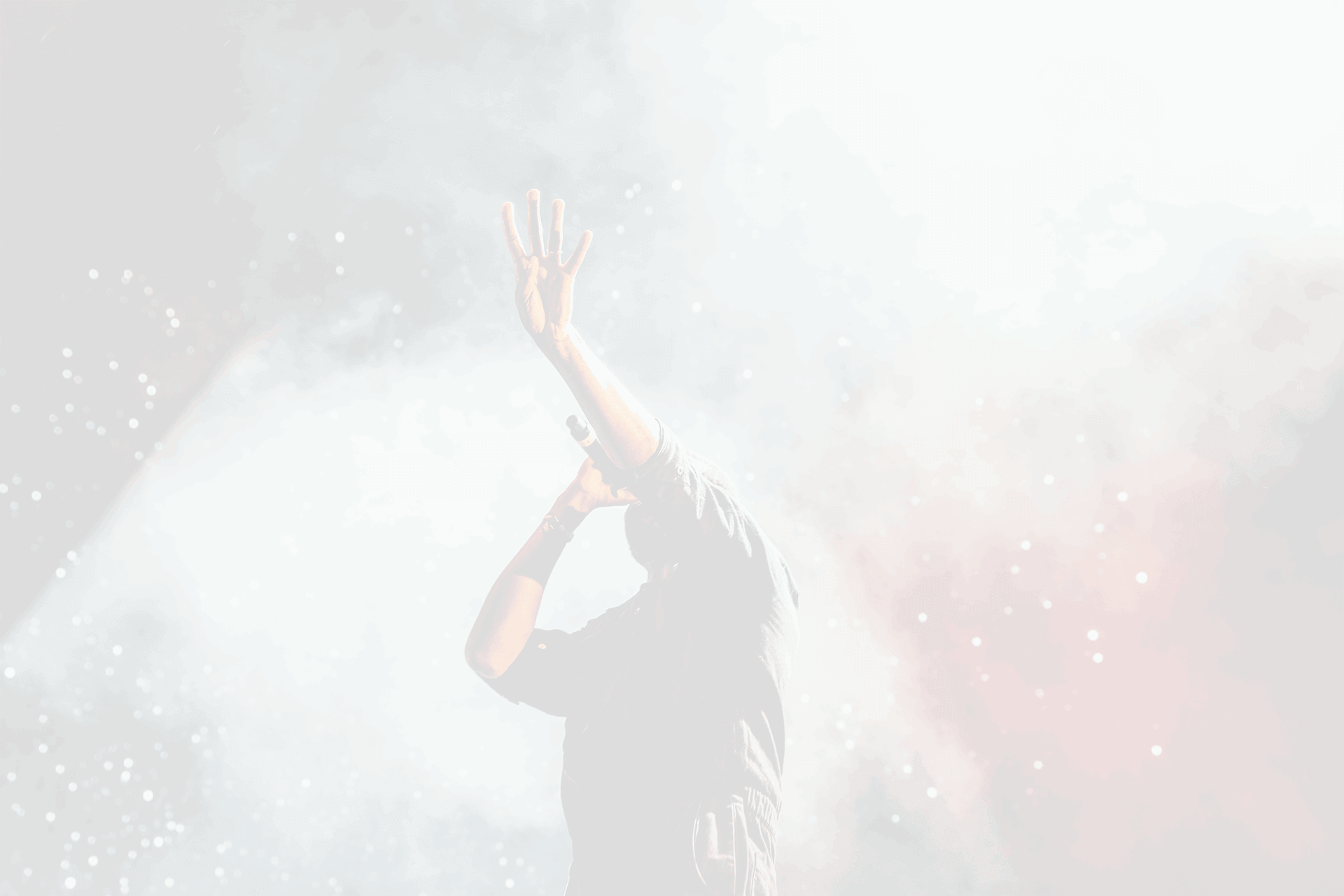
Technology Use and Attitudes in Music Learning
Technology Use and Attitudes in Music Learning
While the expansion of technologies into the music education classroom has been studied in great depth, there is a lack of published literature regarding the use of digital technologies by students learning in individual settings. Do musicians take their technology use into the practice room and teaching studio, or does the traditional nature of the master-apprentice teaching model promote different attitudes among musicians toward their use of technology in learning to perform? To investigate these issues, we developed the Technology Use and Attitudes in Music Learning Survey, which included adaptations of Davis\'s 1989 scales for Perceived Usefulness and Perceived Ease of Use of Technology. Data were collected from an international cohort of 338 amateur, student, and professional musicians ranging widely in age, specialism, and musical experience. Results showed a generally positive attitude toward current and future technology use among musicians and supported the Technology Acceptance Model (TAM), wherein technology use in music learning was predicted by perceived ease of use via perceived usefulness. Musicians\' self-rated skills with smartphones, laptops, and desktop computers were found to extend beyond traditional audio and video recording devices, and the majority of musicians reported using classic music technologies (e.g., metronomes and tuners) on smartphones and tablets rather than bespoke devices. Despite this comfort with and access to new technology, availability reported within one-to-one lessons was half of that within practice sessions, and while a large percentage of musicians actively recorded their playing, these recordings were not frequently reviewed. Our results highlight opportunities for technology to take a greater role in improving music learning through enhanced student-teacher interaction and by facilitating self-regulated learning.
Introduction
The interface of music and technology has generated significant scholarly interest around conceptualizations of virtual communities and virtual learning, particularly within the disciplines of ethnomusicology and, more recently, music education. Within music education, Waldron (2009) and Kenny (2016, 2014, 2013) have examined online learning websites within Wenger’s community of practice framework, Kruse (2012) has presented an auto-ethnographic account of self-directed online learning, while the qualities of online instructional videos have been investigated by Kruse and Veblen (2012); this research is directed towards instrumental learning in various folk genres including Old Time and Irish traditional music (ITM). Waldron and Veblen (2008) look more generally at the resources available in teaching and learning ITM online, while Waldron (2013) considers the impact of user-generated content (UGC) on teaching and learning in online communities. The concept of remote music tuition is explored by Duffy and Healey (2017), and a reimagining of more formal music education, employing a blended model, is proposed by Crawford (2017). General literature on informal music-making and technology is in abundance, providing a backdrop for how musicians learn generally within different styles of music, across informal and formal settings, and in online and offline contexts, including the work of Green (2002), Webster (2011) and Ruthmann (2007). Within teacher education more specifically, Thorgersen and Zandén (2014) have examined the Internet as a resource in instrumental learning, while Kruse et al. (2013) have explored the complexities of using Skype videos in music education. The ethnographic approach to my research serves to inform this broader scholarship concerning technology in music education, reflecting, for example, on assertion that ‘it is no longer possible to discuss music technology in instruction and learning without careful consideration of social context’ (2012).
Technology takes over tradition
The history of Indian classical music and dance spans a millennia and more. To date, the classical arts are revered by Indians as sources of spiritual experience, cultural expression and pristine entertainment. Till recently the system of teaching and learning as well as performing these arts has been totally different from the western/Occidental path.Though resistance to change is first reaction, the inevitable TINA (‘There Is No Alternative\') factor comes into play. Spurred by the West and our own exposure to rapid technological innovations, the indigenous electronics industry seeped into the arena of music, which has since been christened as an ‘industry\'. Indians\' respect for tradition has, however, not hindered them from accepting new technologies. New technological tools have been incorporated into the system of teaching and learning and practice too.
The Impact of Technology on the Musical Experience
Technology came to music with the advent of recordings. Thomas Edison invented a crude cylinder phonograph in 1877. By the end of the nineteenth century, companies in the United States and England were manufacturing disc recordings of music. Prior to recordings, home consumption of all music-whether composed for keyboard or not-was by means of private piano performance. The possibility of preserving musical performances by recording utterly changed the social and artistic meanings of music. The invention of the tape recorder a half century later made sonorities not only reproducible but also alterable. The resulting techniques allowed recorded sounds to be fragmented, combined, distorted, etc. Such manipulations could affect not only sound qualities but also timespans. By changing recording speeds, for example, a composer of musique concr? could compress a Beethoven symphony into a single second or make a word last an hour.
Conclusion
Through technology, people have increased access to music of different genre. Technology has other positive impacts on the music industry. It eliminates manufacturing, cataloging, and promotional costs that are associated with music production. Artists can also increase their distribution rates across the world in a very short time. However, technology has led to a breach of copyright through piracy. Although general logic reveals how the increased distribution has translated to increased revenues, especially upon the elimination of manufacturing and cataloging costs, the onset of technologies such as iTunes has led to decreased revenues in the music industry.




